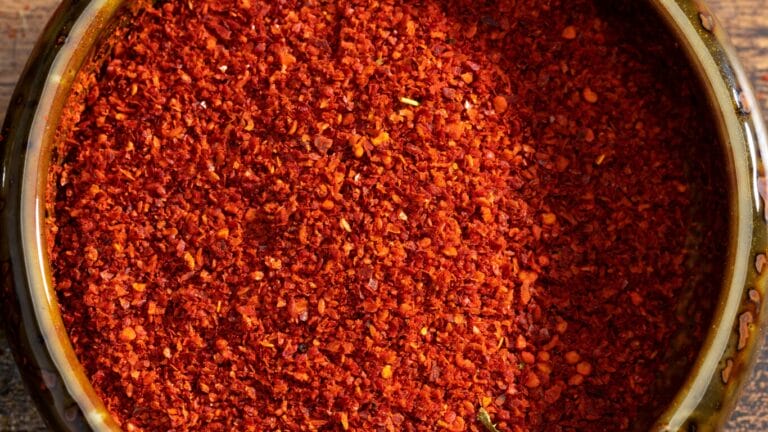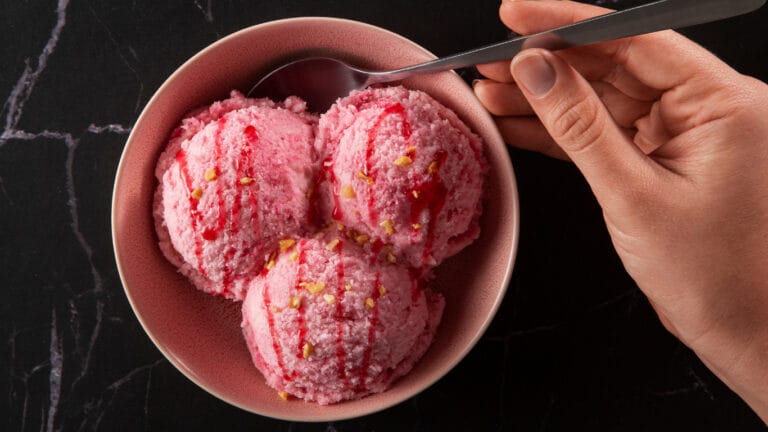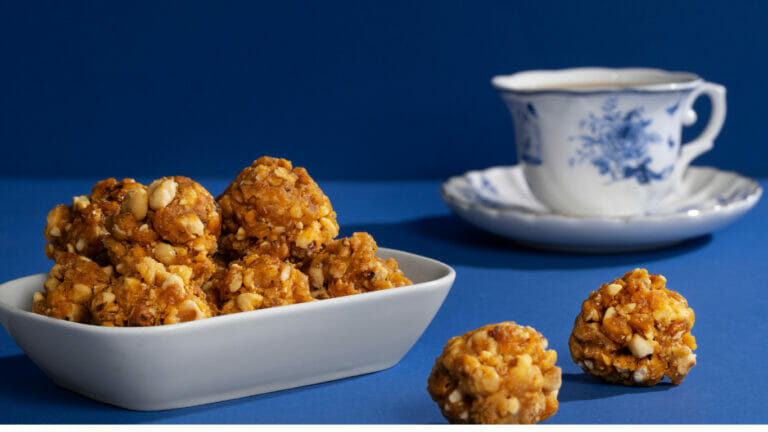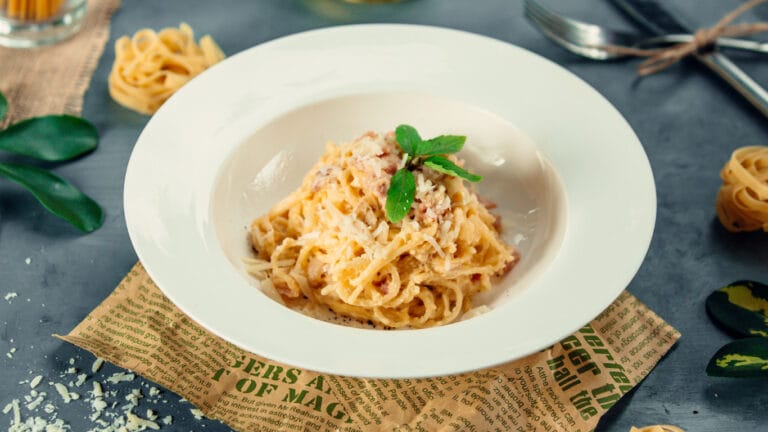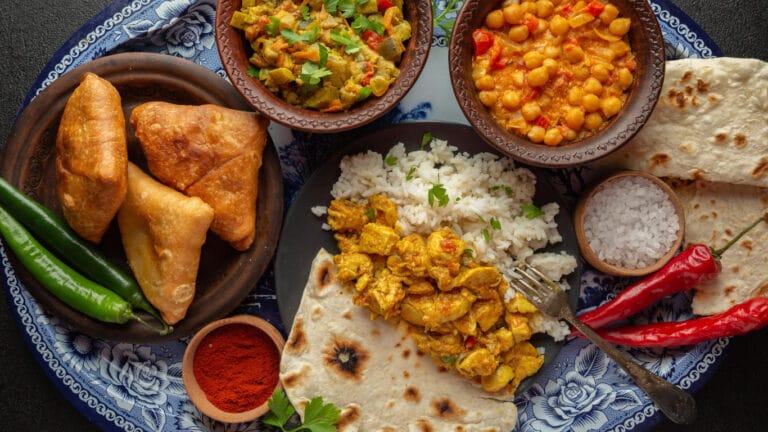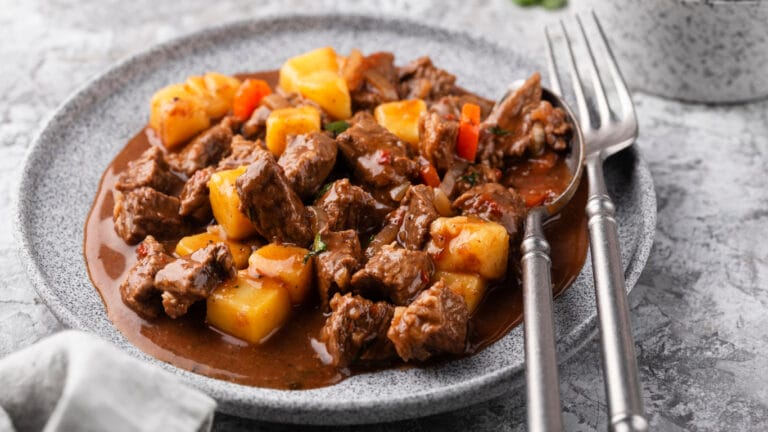Himalayan Tartary Buckwheat Recipes- Delicious Homemade
Himalayan Tartary Buckwheat Recipes
Indulge in the captivating world of Himalayan Tartary Buckwheat recipes, a culinary expedition that harmoniously blends a myriad of unique flavors with wholesome ingredients. This ancient seed, resembling grains but distinct in its own right, is renowned for its enchanting nutty essence and traces its roots to the mystic Himalayan region, bringing an exotic touch to your culinary canvas.
What sets Himalayan Tartary Buckwheat recipe apart, making it a culinary gem, is its inherent gluten-free nature and its remarkable treasure trove of nutrition.
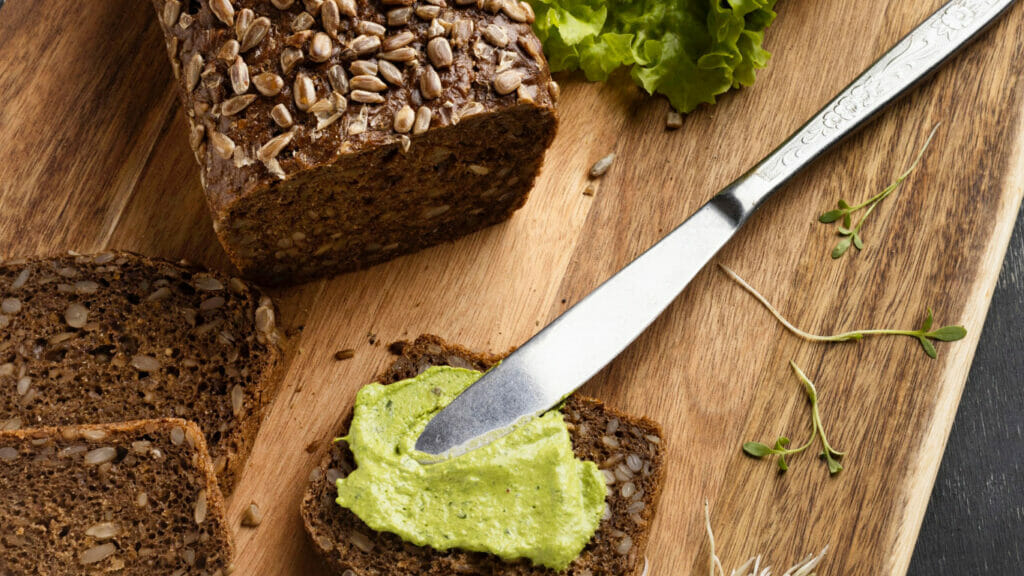
From the heartwarming embrace of a breakfast porridge to the tantalizing allure of gluten-free pancakes, from the intricate tapestry of flavorful noodles to its impeccable performance as a rice substitute in savory symphonies, the possibilities are as endless as they are delectable. If you yearn to infuse your meals with a touch of Himalayan allure, all while nurturing your health, it’s time to embark on a flavorful journey into the realm of Himalayan Tartary Buckwheat recipes. Prepare to uncover the sheer joy of culinary innovation with this extraordinary ingredient.
Ingredient
- 1 cup Himalayan Tartary Buckwheat flour
- 1 teaspoon of baking powder
- 1/4 teaspoon of salt
- 2 tablespoons of honey or maple syrup for a touch of sweetness
- 1 cup of milk (whether it’s dairy or a luscious almond or soy alternative)
- 1 large, free-spirited egg
- 2 tablespoons of melted butter or oil, ready to sizzle in the pan
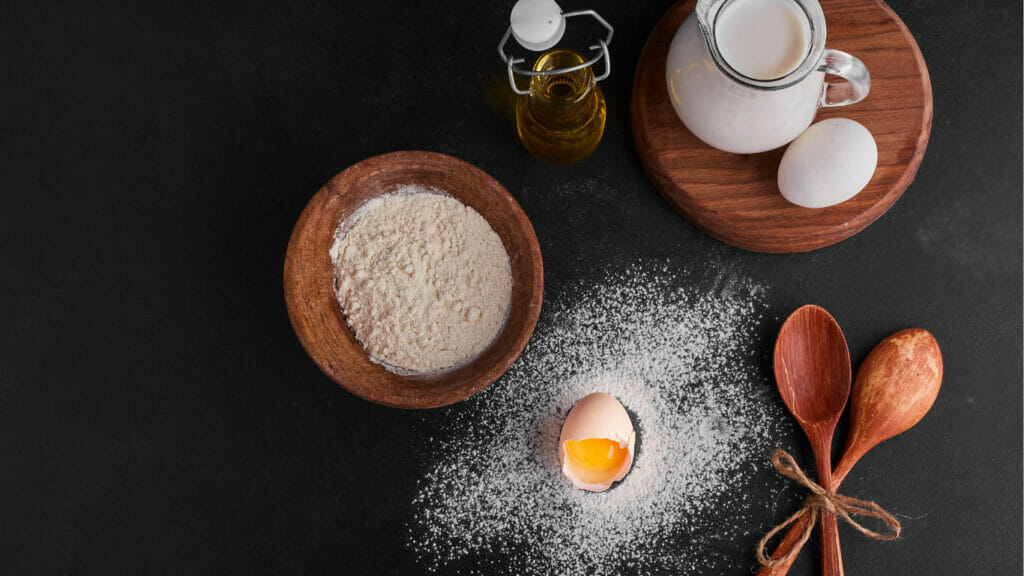
For Serving (optional):
- Any fruit you like
- A dollop of creamy Greek yogurt or the velvety indulgence of sour cream
- Drizzles of liquid gold in the form of honey or the rich embrace of maple syrup
Step by step Cooking Instructions :
Step 1
Begin your culinary escapade by joining the Himalayan Tartary Buckwheat flour, baking powder, and a pinch of salt in a mixing bowl. Stir with artistry until these elements harmonize into a coherent blend.
Step 2
In a separate bowl, embark on the journey of fusion, whisking together honey or the sweet serenade of maple syrup, the creamy caress of milk, the bold character of the egg, and the mellowness of melted butter or oil. Let this be a symphony of flavors that dance in perfect harmony.
Step 3
Merge the wet embrace into the dry canvas of flour and awaken the batter’s soul. Stir with a gentle hand until it attains a satin-smooth texture. Should the batter whisper its desire for more liquid, indulge it with a splash more milk until it sings in harmony.
Step 4
In the theater of your kitchen, let the non-stick skillet or frying pan take center stage. Heat it to a medium-high crescendo, and add a whisper of butter or a drizzle of oil for the backdrop.
Step 5
Now, with an artist’s flair, pour forth a dollop of batter onto the sizzling skillet, crafting pancakes of your preferred size, be they grand or petite.
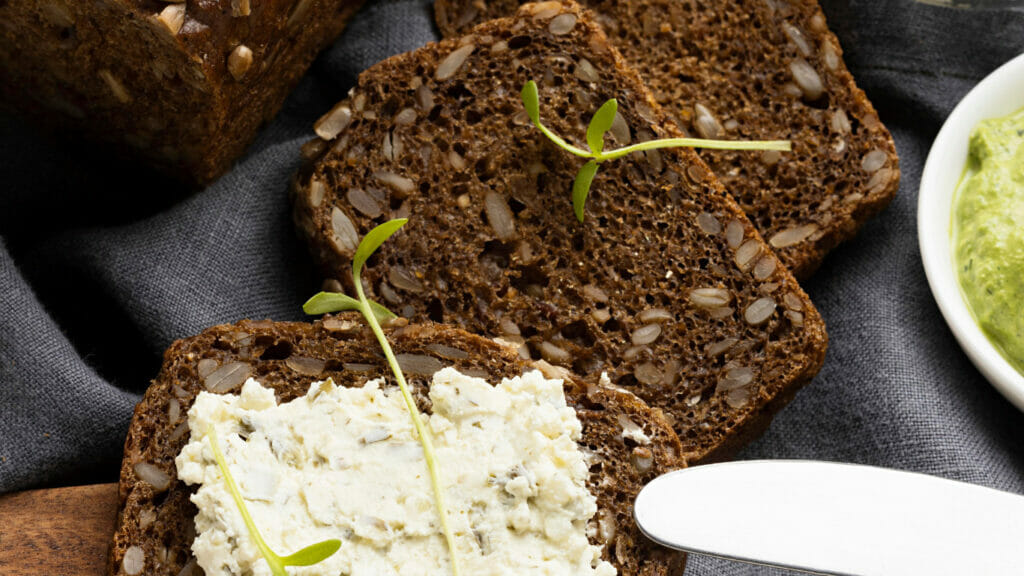
Step 6
Watch as the canvas of the pancake transforms, as bubbles rise like music notes on the surface, and the edges take on the firm embrace of an artist’s brushstroke, a dance that typically takes 2-3 minutes.
Step 7
As the pancake’s journey unfolds, gingerly flip it with the grace of a conductor wielding a baton, allowing the other side to bask in golden splendor for another 1-2 minutes, until it reaches culinary perfection.
Step 8
With a gentle touch, usher your pancake masterpiece onto a waiting plate, keeping it warm for the grand finale. The symphony continues as you repeat the process with the remaining batter, each one receiving its moment in the spotlight with additional butter or oil if required.
Step 9
And now, the stage is set for the grand performance. Present your audience with a captivating array of toppings, from the lively notes of fresh berries to the sweet serenade of sliced bananas. Elevate the experience with a dollop of creamy Greek yogurt or the velvety touch of sour cream. Finally, let the golden liquid grace of honey or maple syrup rain down upon the creation, completing the masterpiece.
In the spotlight, your homemade Himalayan Tartary Buckwheat pancakes shine—an ensemble of flavors, textures, and nourishment that not only tantalizes your taste buds but nourishes your body as well. It’s a symphony that heralds the beginning of a delightful day.
Cooking tips for Himalayan Tartary Buckwheat Recipes
1.Rinse the Buckwheat:
Before cooking, rinse the buckwheat thoroughly under cold running water. This step removes extra starch and bitterness.
2. Toasting:
Consider toasting the buckwheat in a dry skillet for a few minutes before cooking. This can enhance its nutty flavor.
3.Liquid Ratio:
When cooking buckwheat, the typical ratio is 2:1, meaning two parts liquid (water or broth) to one part buckwheat. You can modify this to achieve your desired texture.
4.Seasoning:
Make your buckwheat more delicious by using broth instead of plain water for cooking. If you want you can also add taste by using herbs, spices, or a bit of olive oil.
5. Boiling Method:
Get the liquid really hot until it’s boiling. Add the buckwheat to the boiling liquid. Turn down the heat to low. Cover the pot. Let it cook for 10-15 minutes until the buckwheat is soft and has soaked up the liquid. Gently separate the grains with a fork when it’s ready.
6. Cooking Time:
Buckwheat cooks relatively quickly. It’s ready when it’s tender and has a slightly chewy texture. Overcooking can make it mushy, so keep an eye on it.
7.Versatility:
Himalayan Tartary Buckwheat can be used in various dishes, from salads to porridge and even as a rice substitute. Experiment with different recipes to find your favorite way to enjoy it.
8. Pairing:
Mix buckwheat with various foods like vegetables, herbs, cheese, and options like chicken, beef, or tofu. Get creative with your combinations.
9. Storage:
When you have additional cooked buckwheat, store it in a fridge. you can to eat it again just heat it up in the microwave or on the stove.
10. Experiment:
Feel free to try out Himalayan Tartary Buckwheat in your favorite recipes. it’s a flexible and healthy ingredient that works well in both sweet and savory dishes.
Remember to adjust your cooking methods and ingredients based on the specific Himalayan Tartary Buckwheat recipe you’re preparing. Enjoy your culinary adventures with this unique and nutritious grain!
Equipment need for Himalayan Tartary Buckwheat Recipes
- Pot or Saucepan: For cooking the buckwheat.
- Lid or Cover: To cover the pot or saucepan while simmering.
- Measuring Cup: To measure the buckwheat and liquid ratios.
- Strainer or Sieve: To rinse the buckwheat before cooking.
- Knife and Cutting Board: If the recipe involves chopping or cutting ingredients.
- Stovetop or Cooking Appliance: For heating and simmering the buckwheat.
- Fork or Spoon: For stirring and fluffing the cooked buckwheat.
- Storage Container: To store any leftover cooked buckwheat.
Additional equipment might be needed depending on the specific recipe you’re preparing.
Nutrition Information
- Calories: Approximately 200-250 calories per pancake (excluding toppings)
- Protein: About 5-7 grams
- Carbs: About 25-30 grams
- Fiber: Around 1-2 grams
- Sugars: About 8-10 grams (mainly from honey/maple syrup and natural sugars in the buckwheat)
- Fat: Approximately 9-12 grams
- Saturated Fat: About 4-6 grams
- Cholesterol: Approximately 60-80 milligrams
- Sodium: Around 300-350 milligrams
- Potassium: Roughly 180-220 milligrams
conclusion
As we bring this gastronomic exploration to a close, it’s evident that Himalayan Tartary Buckwheat recipes offer a dining experience that is simultaneously sumptuous and nourishing. With its beguiling nutty undertones and chameleon-like adaptability, this grain-like seed lets you infuse a dash of the Himalayan mystique into your kitchen.
Whether you seek gluten-free breakfast revelations, seek to unveil innovative culinary concoctions, or simply crave the exploration of novel taste territories, Himalayan Tartary Buckwheat recipe beckons. Its robust nutritional profile and ever-flexible nature deem it an invaluable asset in your culinary arsenal.
So, hesitate not to immerse yourself in the world of Himalayan Tartary Buckwheat recipes. Embrace the goodness that it bestows upon your table—a delightful gateway to new flavors and health benefits, a testament to the culinary marvels of this extraordinary ingredient.
And now, the stage is set for your culinary adventure with Himalayan Tartary Buckwheat pancakes, a symphony of tantalizing flavors and wholesome nourishment.
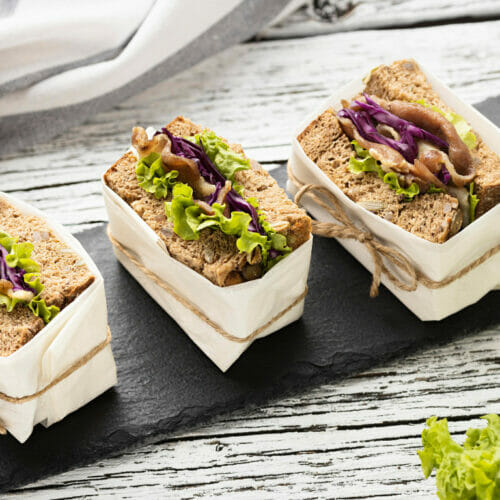
Himalayan tartary buckwheat recipes
Equipment
- Pot or Saucepan
- Lid or Cover
- Measuring Cup
- Strainer or Sieve
- Knife and Cutting Board
- Stovetop or Cooking Appliance
- Fork or Spoon
- Storage Container
Ingredients
- 1 cup Himalayan Tartary Buckwheat flour
- 1 tablespoon of baking powder
- 1/4 tablespoon of salt
- 2 tablespoons of honey or maple syrup for a touch of sweetness
- 1 cup of milk (whether it's dairy or a luscious almond or soy alternative)
- 1 large, free-spirited egg
- 2 tablespoons of melted butter or oil, ready to sizzle in the pan
FAQS
What is Himalayan Tartary buckwheat used for?
Himalayan Tartary buckwheat is used for making various dishes like pancakes, noodles, porridge, and as a rice substitute in savory meals due to its unique flavor and nutritional benefits.
What are 3 benefits of eating buckwheat?
Three benefits of eating buckwheat include improved heart health due to fiber, gluten-free nutrition, and a rich source of essential vitamins and minerals.
What is Himalayan tartary buckwheat recipes?
Himalayan Tartary Buckwheat recipes are culinary creations using this unique seed, offering diverse dishes like pancakes, noodles, and porridge, renowned for their nutty flavor and health benefits.


